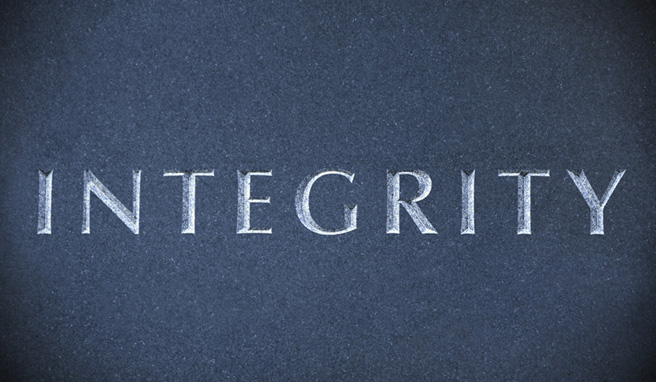The Art of Disruption: best practices for introducing change.
Vital Germaine
in·no·va·tion
/ˌinəˈvāSH(ə)n
noun
the action or process of innovating.
How does one navigate the minefield of disruption? There are 5 simple and strategic steps.
Change is one of the hardest things for humans to embrace. We are, for the most part, afraid of change and avoid it to our own personal or business detriment. Without transformation or adaptation, companies can neither remain relevant nor successfully navigate changing business climates.
1. PREPARATION: The process begins by establishing an innovation identity whereby idea sharing, growth and innovation is encouraged if not expected. Strong leaders have the ability to sculpt a culture into a masterpiece that inspires action and innovation. Changing a cultural mindset doesn't happen naturally. It takes careful planning and preparation. It takes focused, strategic, consistent and intentional implementation strategies… that includes training and a designing an on-boarding process that identifies the right people to fit within your culture. Invest!
2. EMPOWERMENT: Leadership must listen with an open mind to new ideas and be willing to take the risk of incorporating those ideas. Idea sharing should be an efficient and streamlined process with minimal bureaucratic pain points along the way. Remove the communication clutter. Create a superhighway that connects the workforce to executive leadership. Delete the phrase, great idea but, when ideas are shared in meetings! Reframe the approach to idea sharing with “yes... AND. The phrase “yes and”, is a stable and promising lego block from which everything and anything can be designed and built. Yes… AND, in improv comedy and theatre axiom. YES, allow the idea to be heard, YES, plant the seed, YES water it... AND... nurture it with consideration and experimentation, patience and sunshine. Great leaders empower by listening and inviting others to the “big table.”
3. COMMUNICATION: Once new ideas have been shared, evaluated and agreed upon (or not), leadership must now clearly communicated those ideas across the system. The implementation strategy and process must be understood and reinforced consistently to become effective. What are the changes? When and how will the changes be deployed? How will it impact the company?
There is nothing more paralyzing to employees than being left in the dark about the future. Let them know how the disruption will impact their lives. Former presidential speechwriter, James Humes says, "The art of communication is the language of leadership." - LEARN MORE
Oh, I almost forgot. What’s in it for the employees? Also, allow failure to be a part of the journey void of reprimand… accountability, yes… reprimand, NO! If people are afraid to try and fail, there will be limited innovation.
4. ACTION PLAN: Once leadership has decided on the new or revised vision or mission, it is crucial to create an effective and concise action plan. Without the solid foundation of a well crafted roadmap, the odds of failure increase exponentially. Your team members will feel lost, fearful, confused and disengaged if the new objectives are blurred. If communication of your action plan is a slow and cluttered process, then its purpose is almost defeated before it began.
5. TRAINING: Successful companies invest in their employees through trainings to optimize the results of new ideas. Without training, it will be difficult for your team to jump on board and run to the end-zone for a game-winning touch-down. Set your team up for success. Make it clear that the training or change is not just for the benefit of the company. Team members must have a sense of personal gain too. That’s where the empowerment factor plays a huge role.
6. CONFIDENCE: Along that precarious journey of organizational disruption, your team must feel confident on the following 3 levels.
Your employees must have confidence in their leaders, confidence in the objectives and in the action plan.
They must have assurance that initial failure is viewed as a stepping stone to success and not as a goodbye and thank you for your services type of outcome. If your on-boarding process is effective, you will have hired the right people... let them know you have full confidence in their abilities. Set them free and empower them to become their best selves by getting out of their way.
Provide them resources and support when needed.
Disruption is not easy, but the process doesn't have to be painful, slow and filled with resistance. Leverage the tools. Become tomorrow's leader.
AT ENGAGE we specialize in transformational leadership. Our process is relevant, actionable and memorable.
As president of ENGAGE, I'd love to engage your team and initiate a cultural paradigm shift that inspires innovation and elevates market relevance. Learn more about our INNOVATION MINDSET virtual learning experience.
If this blog was of value, please share and follow Vital on social media:
Sincerely, Vital Germaine


















